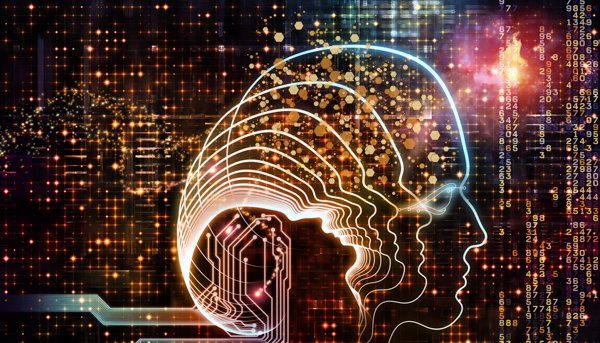This is just the beginning… Of a story that is known, told and heard. Yet, we will recall what Machines learning will mean to a common man.
Now, where have we heard that before? In informative media- where every other day there is a news posted on this. In the speech by Sundar Pichai who talks about what the next thing – the Deep Mind will be. In the part of curriculum in technology courses where a syllabus is aligned to touch upon basic know hows of this. The latest talk about Humanoid Robots and drones that have revolutionized industries that cater to mass-production and cognitive abilities that are bred in them by a process of continuous learning.
Not a lesser known subject- Isn’t it. A topic that has made the common man in the strata outside of technology also know and use its applications. The most sought out career, in this time.
Introduction:
Machine learning in simple terms, is an enabler to Science, that which transforms technology to a more intelligent platform, or in other words makes more machines more intelligent.
By definition- it is a powerful artificial intelligence tool that enables us to crunch petabytes of data and make sense of a complicated world. And it’s transforming a wide variety of industries. It’s solving previously unsolved problems.
The impact that it has on the various industries today, in the form of B2B and B2C in streams like Healthcare, Internet, e-Commerce, Automation, etc is so exuberant that is has now become the most hot topic in every tech forum today. There are more than a dozen of International conferences, that call upon this community to share their Research work or to talk about the Research that have worked upon around the Globe and how it is influencing Mankind.
In this mini-article let us kindle our interest a bit about whats new and impressive
List of 7 Machine Learning applications today:
Automating Employee Access Control
Amazon, one of the pioneers of machine-learning based recommendation engines and price discrimination algorithms, launched a machine learning contest on Kaggle to determine whether it was possible to automate employee access granting and revocation. Amazon has a considerable dataset of employee roles and employee access levels. They’re trying to develop a computer algorithm that will predict which employees should be granted access to what resources. According to Amazon, “These auto-access models seek to minimize the human involvement required to grant or revoke employee access.”
Protecting Animals
Cornell University is working on an algorithm to identify whales in the ocean based on audio recordings so that ships can avoid hitting them. Also, Oregon State University is working on software that will determine which bird species is/are on a given audio recording collected in field conditions.
Predicting Emergency Room Wait Times
Healthtech companies and healthcare organizations are using a technique called Discrete Event Simulation to predict wait times for patients in emergency department waiting rooms. The models use factors such as staffing levels, patient data, emergency department charts, and even the layout of the emergency room itself to predict wait times.
Identifying Heart Failure
IBM researchers have found a way to extract heart failure diagnosis criteria from free-text physician notes. They developed a machine learning algorithm that combs through physicians free-form text notes (in the electronic health records) and synthesize the text using a technique called “Natural Language Processing” (NLP). Similar to the way a cardiologist can read through another physician’s notes and figure out whether a patient has heart failure, computers can now do the same.
Predicting Strokes and Seizures
Singapore-based startup Healint launched an app called JustShakeIt that enables a user to send an emergency alert to emergency contacts and/or caregivers simply by shaking the phone with one hand. The program uses a machine learning algorithm to distinguish between actual emergency shakes and everyday jostling. In addition to the JustShakeIt app, Healint is working on a model that analyzes patients’ cell phone accelerometer data to help identify warning signs for chronic neurological conditions.
Webspam Detection
Our email provider, Google uses a machine learning algorithm to identify spam, which will not just identify but will also help in de-indexing the spam
Credit-Fraud
Companies in eCommerce and Insurance/Re-insurance domains Braintree are using machine learning in conjunction with other tools to stop credit card fraud
This is just the beginning………..of learning for Us and the Machines.. Lest, we all become the same, until next time, till Humanity is emulated. Now, the question to ponder. CAN IT?







